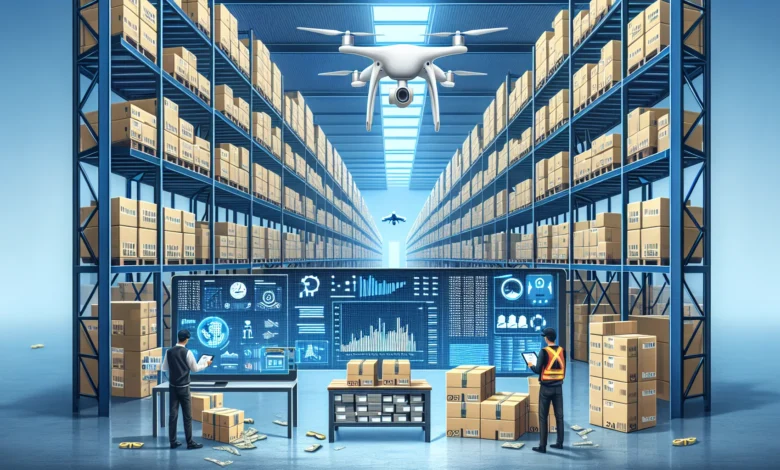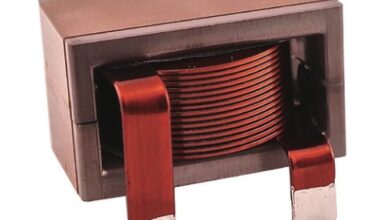How WMS Helped Cold Storage Companies Reduce Fulfillment Costs: A Look at WareGo’s Impact

Running a cold storage warehouse is no small feat. Every detail matters, from the minute a shipment arrives to the moment it leaves. If you’re managing perishable goods, delays aren’t just inconvenient—they’re costly. For years, cold storage companies have been hunting for ways to tighten operations without cutting corners.
That’s where warehouse management software stepped in. And more specifically, that’s where WareGo made a real difference.
Let’s break it down.
Cold Storage Is a Whole Different Ball Game
Unlike regular dry warehouses, cold storage facilities battle against time and temperature at every turn. Every decision must protect product quality, meet strict regulations, and stay cost-effective.
Without a strong warehouse management software system, even simple mistakes—like putting pallets in the wrong zone—can turn into expensive losses.
Some of the most common challenges include:
- Maintaining consistent temperature zones
- Tracking expiration dates accurately
- Prioritizing shipments based on shelf life
- Managing energy costs for cooling
- Avoiding wasted labor on inefficient picking routes
Before specialized software options like WareGo became widely available, many cold storage companies leaned heavily on manual tracking. Spreadsheets. Clipboards. A lot of prayers.
It wasn’t sustainable. Especially once order volumes started growing.
How WMS Changed the Game for Cold Storage
When cold storage facilities began adopting true warehouse management systems, the results came fast—and they were hard to ignore.
Here’s what made the biggest difference:
1. Smarter Inventory Tracking
Products in a cold storage facility don’t just sit anywhere. Some need freezing, some need refrigeration, and some have wildly different humidity needs.
With a cold storage WMS like WareGo:
- Every pallet gets tracked by zone.
- Movements are recorded automatically.
- Staff gets clear instructions on where to place or pick items.
This cuts down on spoilage dramatically. It also means no one has to spend hours second-guessing what’s sitting where.
2. Faster Picking and Packing
Speed matters. When you’re working in freezing temperatures, you want pickers in and out as fast as possible. Long trips through the aisles don’t just waste time—they wear your team down.
WareGo helps:
- Optimize pick paths based on proximity and priority
- Prioritize items with the closest expiration dates (FEFO)
- Cut down on missed picks and errors
The ripple effect? Labor costs drop, order accuracy rises, and your staff doesn’t feel like they’re sprinting a marathon every shift.
3. Energy Efficiency Gains
One unexpected benefit? Lower cooling costs.
Because WareGo helps organize products more intelligently within zones, companies discovered that temperature control could be better concentrated. Less wasted space means less energy used to cool empty air.
Over time, those savings stack up.
WareGo’s Specific Impact: Real Numbers, Real Results
Let’s not keep things theoretical. Here’s what companies have seen after switching to WareGo’s warehouse management software system:
- Fulfillment times dropped by an average of 28% within six months.
- Spoilage losses were reduced by up to 40%.
- Energy consumption for cooling fell by approximately 15% at some facilities.
- Warehouse management system cost was recouped in less than a year, thanks to efficiency gains.
When you’re operating on tight margins, these changes are huge.
And because WareGo’s setup doesn’t require expensive hardware overhauls, many companies were able to implement it without blowing their budgets.
The Real Pain Point: Warehouse Management System Cost
Cost is always a concern, especially for smaller cold storage operations.
Big-name WMS providers often promise a lot—and charge even more. Hidden fees. Complex integration costs. Long contracts you can’t easily get out of.
That’s why WareGo structured its pricing differently.
With WareGo:
- You pay based on the size of your operation and actual usage.
- There are no mystery fees for support or basic upgrades.
- Scaling up doesn’t mean jumping to an entirely new payment plan.
This means smaller facilities can enjoy the same benefits as the giants—without the giant invoice.
When companies compare WareGo’s warehouse management system cost to the manual errors, overtime hours, and spoilage they used to absorb, the decision becomes a lot easier.
Case Study: Arctic Fresh Foods
Let’s take a real-world example.
Arctic Fresh Foods, a mid-sized frozen food distributor, faced big problems before WareGo. Their warehouse relied on manual logs for everything. Inefficiencies were everywhere.
After implementing WareGo:
- They saved an average of $7,500 a month in overtime labor.
- Inventory loss dropped by 30% in the first year.
- Customer complaints about late or incorrect deliveries fell by over half.
Arctic’s warehouse manager put it best:
“Before WareGo, we were always putting out fires. After WareGo, we could finally plan ahead.”
Why Cold Storage Needs Specialized Tools
Standard WMS options don’t always cut it for cold storage.
You need:
- Real-time tracking of temperature-sensitive inventory
- Easy setup for multiple temperature zones
- Full visibility into expiration management
- Immediate reporting for compliance checks
- Mobile access that works even in refrigerated environments
WareGo didn’t just add these features as an afterthought. It built them into the foundation from the beginning.
This matters because cold storage isn’t just a variation on regular warehousing. It’s a different animal altogether.
Final Thoughts: Cold Storage Success Starts with the Right Tools
It’s easy to think software alone won’t solve fulfillment problems. But the truth is, the right software doesn’t just make small improvements—it can completely change the way your warehouse operates.
With a tool like WareGo, cold storage companies have seen measurable reductions in costs, spoilage, and labor strain—all without sacrificing quality or compliance.
Here’s the real win: Instead of constantly putting out fires, your team can focus on running smarter and growing stronger.




